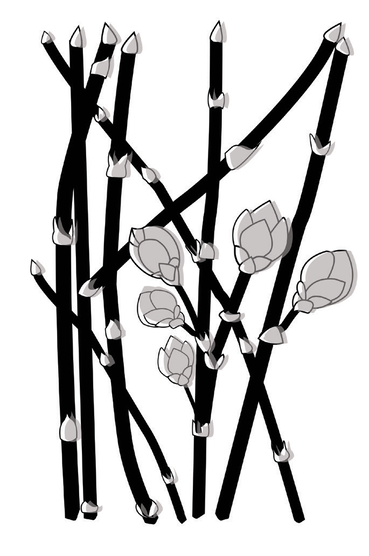 ephedra sinica
ephedra sinica
HISTORY IN BRIEF
Methamphetamine was first synthesized in Japan during 1893. It was originally derived from ephedrine-a chemical found within the plant Ephedra sinica. The drug was widely distributed to Japanese, German, and US troops during World War II to keep soldiers focused, awake, and alert for combat. Throughout the 1930s-60s, methamphetamine was prescribed around the world for fatigue, attention deficit, weight loss, and depression. It was also widely used by artists in the 50’s and 60s-most notably within Jack Kerouac’s Beat writer’s scene.
In 1971 the US government severely tightened regulations around the drug’s legal production and distribution. Biker gangs controlled the illegal speed trade throughout the 70s. They called it “crank” in reference to the crankcases of their motorcycles where the drug was hidden.
Backyard meth labs emerged in the mid 80s and 90s. These enabled “cooks” to make crystal meth with over the counter pharmaceuticals such as ephedrine and pseudoephedrine, as well as industrial chemicals found in hardware stores. Further government crackdowns on the precursor chemicals necessary to make speed resulted in production shifting from the US to Mexico where the raw ingredients are easier to obtain.
Despite methamphetamine being one of the most widely used drugs worldwide, the people who use it are some of the most stigmatized.
Methamphetamine was first synthesized in Japan during 1893. It was originally derived from ephedrine-a chemical found within the plant Ephedra sinica. The drug was widely distributed to Japanese, German, and US troops during World War II to keep soldiers focused, awake, and alert for combat. Throughout the 1930s-60s, methamphetamine was prescribed around the world for fatigue, attention deficit, weight loss, and depression. It was also widely used by artists in the 50’s and 60s-most notably within Jack Kerouac’s Beat writer’s scene.
In 1971 the US government severely tightened regulations around the drug’s legal production and distribution. Biker gangs controlled the illegal speed trade throughout the 70s. They called it “crank” in reference to the crankcases of their motorcycles where the drug was hidden.
Backyard meth labs emerged in the mid 80s and 90s. These enabled “cooks” to make crystal meth with over the counter pharmaceuticals such as ephedrine and pseudoephedrine, as well as industrial chemicals found in hardware stores. Further government crackdowns on the precursor chemicals necessary to make speed resulted in production shifting from the US to Mexico where the raw ingredients are easier to obtain.
Despite methamphetamine being one of the most widely used drugs worldwide, the people who use it are some of the most stigmatized.